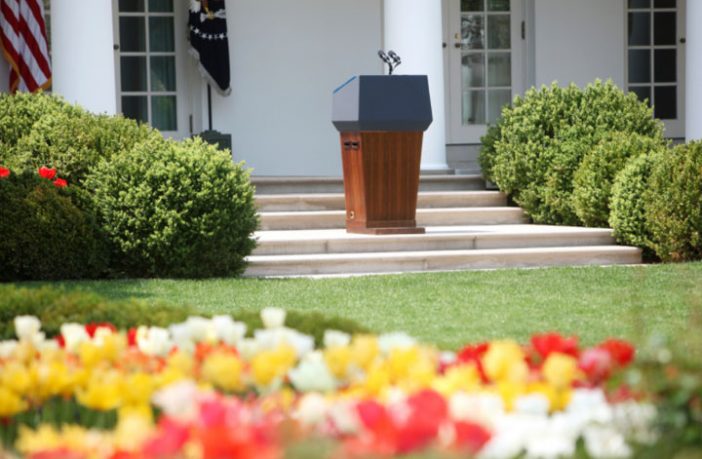The vacuum left by an ineffective and gridlocked Congress has been filled by presidential executive actions: executive orders, policy memos, regulation changes, and the like. Under our constitutional system, these presidential actions do not carry the weight of law and should be able to be nullified, reversed, amended, or overridden by subsequent occupants of the Oval Office.
But they’re not. Once put in place, these executive actions of previous presidents can be notoriously difficult to get rid of. Just ask Donald Trump. Seven months into his presidency, he decided to scrap the Deferred Action for Childhood Arrivals (DACA) program, which was established with nothing more than a policy memo under the Obama administration (after President Obama stated on 22 occasions that he lacked the constitutional authority to create it in the first place).
Three years and seven months into the Trump administration DACA is still in place due to lengthy litigation and the failure of the current administration to dot all its i’s and cross all its t’s in the process of repealing it. While the inability to repeal a presidentially created program (and likely an unconstitutional one, at that) has proven endlessly frustrating for opponents of amnesty, it should also serve as a warning for opponents of immigration enforcement should Joe Biden be elected, warns Reuters news service.
Over the past three and half years, the Trump administration has used its executive power to institute hundreds (as many as a thousand, by some estimates) of changes to immigration policy. Much like DACA, these Trump immigration policy changes will not be easily changed or repealed by his successor, no matter how much he or she might want to.
Regulation changes (which serve as the Executive Branch’s roadmap for carrying out laws enacted by the Legislative Branch) made under one administration can take months, or even years, to rewrite. And, of course litigation, which has been the favorite tactic of mass immigration advocates to throw sand in the gears of President Trump’s policy intiatives, will also be available to those who might oppose a future administration’s efforts to dismantle these protections.
“These logistical obstacles mean that Trump’s immigration legacy could endure well beyond his presidency, according to the policy experts, outside Biden campaign advisers and current and former Trump officials. Immigrant advocates who are hoping for faster change would likely be disappointed,” writes Ted Hesson, himself an advocate masquerading as a journalist.
By the admission of Biden’s own campaign team, circumstances might also get in the way of efforts to roll back immigration policy changes implemented by the current administration. No matter how much a Biden administration might want to reverse President Trump’s COVID-19 travel restrictions, or limits on new immigration and guestworker admissions in the face of staggering unemployment numbers, doing so could prove problematic even for a newly elected president.
Given the likelihood of continued gridlock in Congress, executive actions will continue to play the prominent role in how immigration laws are carried out (or not carried out). Whoever is sworn-in in January will direct the future of immigration policy with “a pen and a phone” (and a Twitter account) at his disposal that will have an impact long after leaving office. Likewise, whoever is elected will also be governing immigration and other policies with the ghosts of presidents past lingering in the Oval Office.





1 Comment
Pingback: Executive Actions on Immigration Will be Difficult to Reverse – India Inc Blog